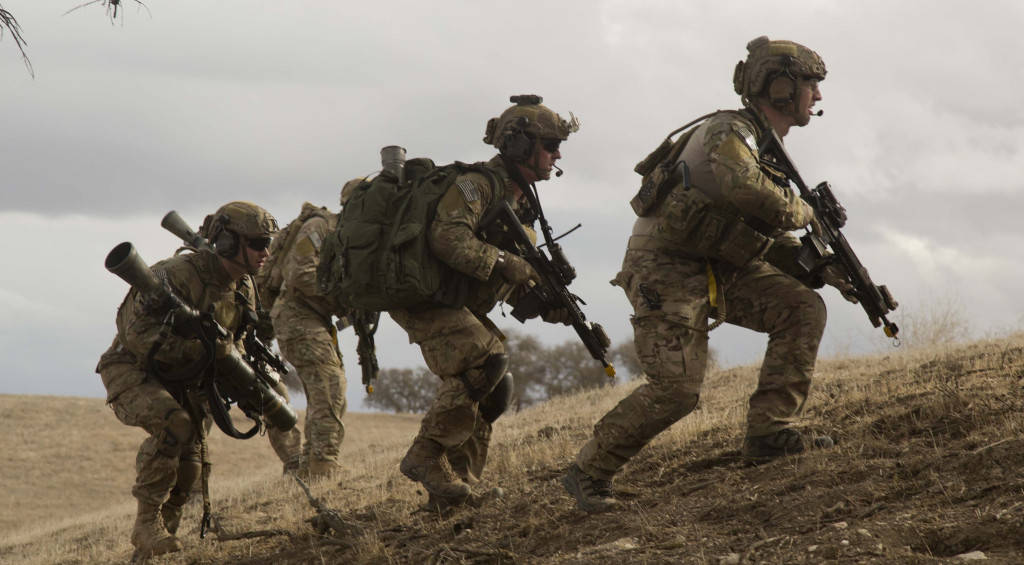
The future is never far away and the WIN-T Network will require constant evolution to meet tomorrow’s challenges and incorporate the latest in communications technology. One example is in the Army’s stated goal of adapting advanced Long Term Evolution (LTE) cellular technology, like what is used by commercial cellular carriers to power civilian networks, for military use.
LTE is the next-generation, open standard, wireless communications networking technology being deployed worldwide by communications service providers. It can deliver long-range wireless network access at speeds that can support many users, multiple simultaneous sessions and high bandwidth multimedia communications.
LTE designed for the Army takes the rich capabilities of commercial LTE and fits them to the small to medium-size network, with specialized services and features and with a reliability factor focused on service delivery over revenue generation.
By leveraging LTE, commercial off-the-shelf and government off-the-shelf integration of capabilities, and advanced network operations, WIN-T can continue to develop new capabilities to enable warfighters, simplify the soldier’s interface with the network, and overmatch adversaries. Such developments could:
- Reduce the amount of cables located at Forward Operating Bases (FOBs) and Tactical Operations Centers (TOCs)
- Increase the speed in which TOCs and FOBs can be set up or moved
- Make seamless a soldier’s transition from tactical battlefield networks to on-base networks with greater service and bandwidth
- Significantly increase network capabilities and alignment with the commercial experience and systems, which would allow the Army to take advantage of the billions of dollars spent developing such network technology
- Thicken and provide a more robust network
- Continue to harden the network against cyber and electronic warfare threats
- Provide a family of configuration items/variants out of WIN-T that align to the diverse needs of the tactical force
- Provide solutions that isolate the network operator/manager and user from network complexity
To utilize LTE, however, commercial technology must be developed and integrated in a way that is secure and cyber hardened, while reducing complex user interfaces. Intentional integration can eliminate unnecessary and expensive redundancy and the addition of complexity that comes through the alternative “bolt-on” approach.
Current LTE integration in the Army focuses on its “bolt-on” application to the tactical communications environment at fixed locations at high echelons, but the future of LTE integration into the Army will involve LTE’s application and integration throughout echelons and the tactical environment.
The above post is an excerpt from the 2014 WIN-T program update. This report provides an update on the work performed this year to strengthen, improve and simplify the U.S. Army’s tactical communications backbone, the Warfighter Information Network-Tactical (WIN-T).
# # #
